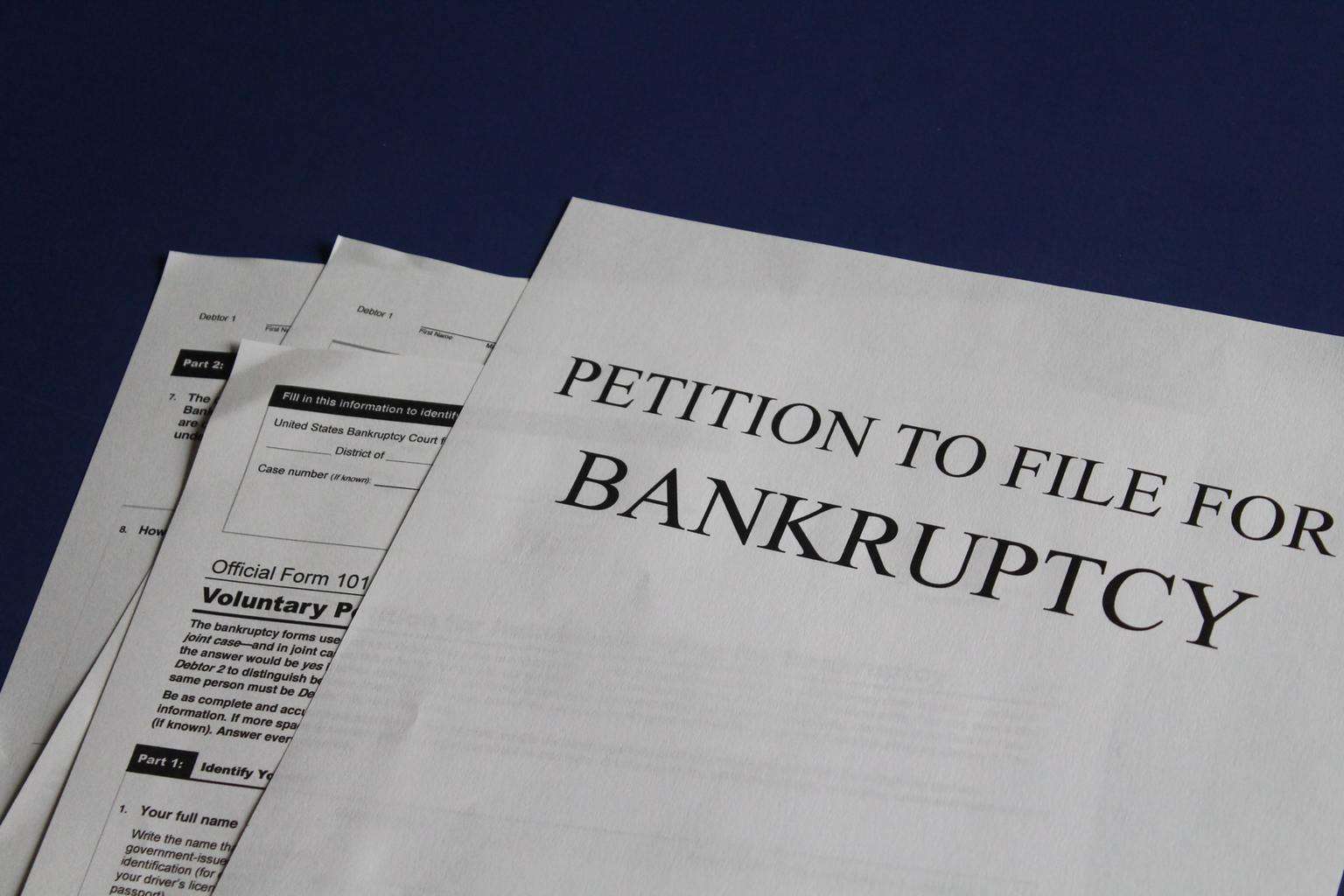If you’re saddled down by debt and have no idea how you’ll pay creditors, you may be considering bankruptcy. It could be a viable option for debt relief, depending on the severity of your situation. But maybe you can’t afford to hire an attorney to file on your behalf.
The good news is you may be able to file on your own. However, there are risks to be mindful of.
When Should You Consider Filing Without An Attorney?
Are you considering filing for bankruptcy without a bankruptcy lawyer or “pro se”? It could work if your case won’t pose much of a challenge and you meet the following criteria:
- You’re ok with completing a large amount of paperwork and collecting the financial documents you’ll need in court without outside legal advice
- You’re willing to research bankruptcy laws in your state of residence and maintain communication with your bankruptcy trustee
- You don’t have non-dischargeable debts
- You don’t have a ton of property
- You’re not being accused of fraud by creditors
- You’re eligible for Chapter 7 per the means test (or your annual income is below the state median)
When Is It Best Not To File Without An Attorney?
While you have the option to file for bankruptcy on your own, it’s usually more sensible to hire an attorney to represent you in the court of law. Here’s why:
Chapter 7 Bankruptcy
Incorrect Chapter 7 filings can result in the seizure of your assets. You could also subject yourself to a lawsuit if you have priority debts that technically aren’t dischargeable under bankruptcy. These include payments for child support and alimony, retirement plans loan, debts resulting from driving while intoxicated, civil penalties associated with legal violations, debts from a prior bankruptcy that aren’t dischargeable and some student loan debts.
Chapter 13 Bankruptcy
Chapter 13 bankruptcy filings are often dismissed by the court for various reasons, including issues with the repayment plan. Consequently, you’ll likely need the expertise of a reputable and seasoned attorney to help you file correctly and ensure your case won’t get thrown out.
The Risks of Filing On Your Own
If you decide to file for bankruptcy on your own, you risk the case being denied. You should also be aware of these potential consequences:
- Your payment plan could be rejected if the forms aren’t entirely correct.
- Your case could be thrown out if you’re unfamiliar with the bankruptcy laws in your state and you don’t follow the proper steps when filing.
How to File For Bankruptcy Without A Lawyer
Below is a breakdown of the steps you’ll need to take to file for bankruptcy on your own:
- Step 1: Use the Means Test to determine your eligibility for Chapter 7 bankruptcy. You’ll need to provide your monthly income, the number of individuals in your home and information about your nonexempt assets and outstanding debt obligations (to determine if they’re dischargeable).
- Step 2: Get copies of your credit reports from the three credit bureaus – Experian, TransUnion and Equifax – so you’ll know which debts to report in your bankruptcy filing.
- Step 3: Enroll in a U.S. Trustee Program-approved financial literacy and credit counseling course.
- Step 4: Retrieve the applicable bankruptcy forms, complete each document in its entirety and send the package in by mail or at the designated address. Don’t forget to include the filing fee.
- Step 5: Be on the lookout for communication from the bankruptcy trustee. They will notify you of any issues with your filing and the scheduled date for what’s referred to as the Meeting of Creditors. During the meet, you’ll be asked a series of questions to assess the validity of your case.
- Step 6: Complete a mandatory course on personal financial management instruction within 45 days.
- Step 7: Await communication from the bankruptcy court regarding the status of your case. You will receive a notification when your debts are discharged.
FAQs About How to File Bankruptcy Without a Lawyer
You may have luck filing for bankruptcy without much cash on hand if you can find resources in your community. These include legal aid societies and free clinics that work with attorneys to offer deeply discounted or pro bono filing assistance.
If you’re considering Chapter 13, you can request that legal fees be included in the repayment plan.
The filing fees vary by state, and you should also expect to cover the fees for the mandatory courses, along with any other legal fees related to the filing.
It depends on the laws in your state of residence, the status of your mortgage and auto loan, and the type of bankruptcy you file.
You can file Chapter 7 bankruptcy every eight years from the initial filing date.
Alternative To Filing A Bankruptcy
Before you file for bankruptcy, consider credit counseling to determine if a debt management plan (DMP) or debt settlement program could be a better fit. If you enroll in a DMP, you could get concessions on your accounts, including a lower interest rate, monthly payment or fee waivers. You can also give a debt settlement program instead of bankruptcy a try, which entails negotiators working to secure settlement offers on your behalf. Hence, you only pay a fraction of the balance to satisfy the debt.







